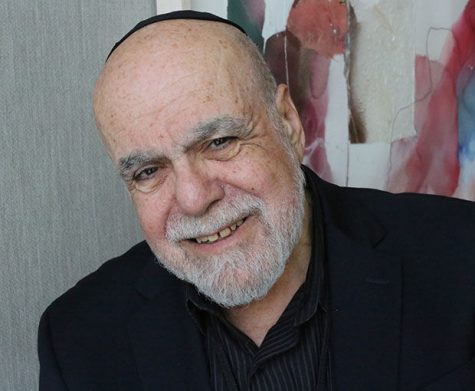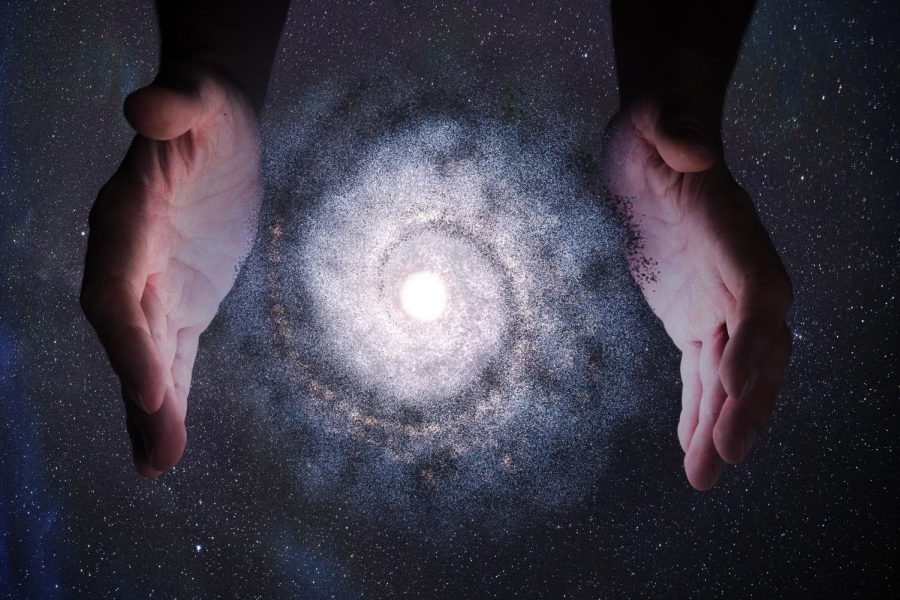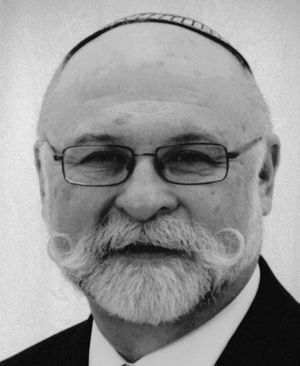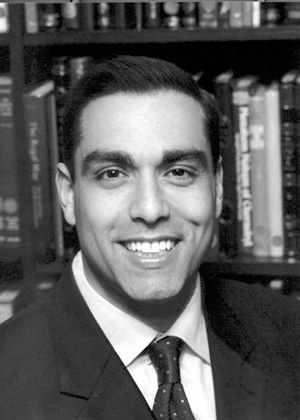D’var Torah: ‘Earth-centered spirituality’ leads to harmony with the world
Published May 19, 2022
What is Jewish time? I am not referring to our supposed casual approach to arriving at appointments or even at synagogue services. Rather, how do our spiritual teachers understand the nature of time?
Rabbi Gershon Winkler teaches that “time is an invitation.” He explains that both words, “time” and “invitation,” share the same root, zaman. Passover is referred to as the “time of our freedom,” meaning, an invitation to discover ways to become freer and more deeply connected to life. The holiday of Shavuot is referred to as the “time of the giving of the Torah,” meaning an invitation to reconnect with the sources of revelation and spiritual learning.
Both this week’s and last week’s Torah readings are concerned with time; more specifically, with sacred time. Last week’s parashah contains a calendar full of annual sacred seasons. Each in its own way calls us to experience another aspect of holiness, or an invitation to experience yet one more facet of God’s love.
ADVERTISEMENT
This week’s reading deals with the Sabbatical year and the Jubilee year: Six years you may sow your field, and six years you may prune your vineyard and gather the yield. But in the seventh year, the land shall have a Sabbath of complete rest. “You shall not sow your field or prune your vineyard.” (Leviticus 25:3-4)
Immediately after the mitzvah of the Sabbatical year comes the mitzvah of the Jubilee year: “That 50th year shall be a Jubilee for you: You shall not sow, neither shall you reap the after growth or harvest the untrimmed vines.” (Leviticus 25:11)
These two mitzvot are part of larger pattern of “sabbathing.” It all begins with the Creation story in the first chapter of Genesis. After the Divine completes the six days of Creation, the seventh day is blessed and sanctified as a day of cessation from ordinary labor. It has been said that the institution of Shabbat was created on the seventh day. Meaning that without cessation from ordinary labor, Gods’ plan of creation would be incomplete. What is Sabbath rest?
ADVERTISEMENT
We are taught that the Shabbat is a time, an invitation to return to the fundamentals of our existence. During the give and take of the week, we often lose track of our spiritual selves. Immediately before the institution of Shabbat, we hear about the formation of the human being in the Divine image. The Shabbat, we are taught, is created in order that we reconnect with our spiritual integrity. One might think of this as a time that invites us to return to our original selves. Put differently, Shabbat is an opportunity to renew our spiritual depth.
As we labor, we frequently lose the sense that we are not the ultimate creator of things. One of the goals of “shabbating” is to experience ourselves as co-creatures with the rest of Creation. While the Torah tells us that we are to rule over Creation, Shabbat comes to remind us that we, too, are part of Creation and that Shabbat invites us to reaffirm our creaturely humility.
Once human beings are created, they are put in charge of the natural world: They are to fill the earth and master it and rule the fish of the sea, the birds of the sky and all the living things that creep on the earth (Genesis 1:28).

Once every seven years, the Torah requires that the land be given the opportunity to return to its original self. The imposition of the Sabbatical year, just like the weekly Shabbat, reminds humans that they are part of Creation and not its masters — what I have called above “creaturely humility.”
The Torah realizes that socioeconomic systems often deprive people of their status as free beings. One of the dramatic remedies to systemic economic deprivation is the Jubilee year. The Jubilee year begins at the end of Yom Kippur with the sounding of the Shofar that signals “the release throughout the land for all is inhabitants … for each of you shall return to your holding and each of you shall return to your family.” (Leviticus 25:9)
The Jubilee year, like the weekly Shabbat and the Sabbatical year, is a time to bring people back to their original status as free beings. By analogy, it is a reset button; one that allows people to regain their social and economic freedom.
My reconstruction of the Sabbatical year and the Jubilee is not meant to be prescriptive, but rather aspirational. The economic and social realities that we find ourselves in differ greatly from those of our biblical ancestors. However, their goals are still relevant!
In order to live in harmony with the natural world, we need to develop a sense of earth-centered spirituality. Along with earth-centered spirituality, we need protocols that tell us how to best manage the world we live in. These practices need to be articulated and supported by religious language, myth and poetry.
They help connect our inner selves to the inner reality of all existence. Science without poetry and myth does not stir the soul. Our biblical ancestors understood this. I am grateful for their wisdom and their courage.
Shabbat Shalom.
Rabbi Dr. Neal Rose serves Congregation B’nai Amoona and is a member of the St. Louis Rabbinical and Cantorial Association, which coordinates the d’var Torah for the Jewish Light.



















